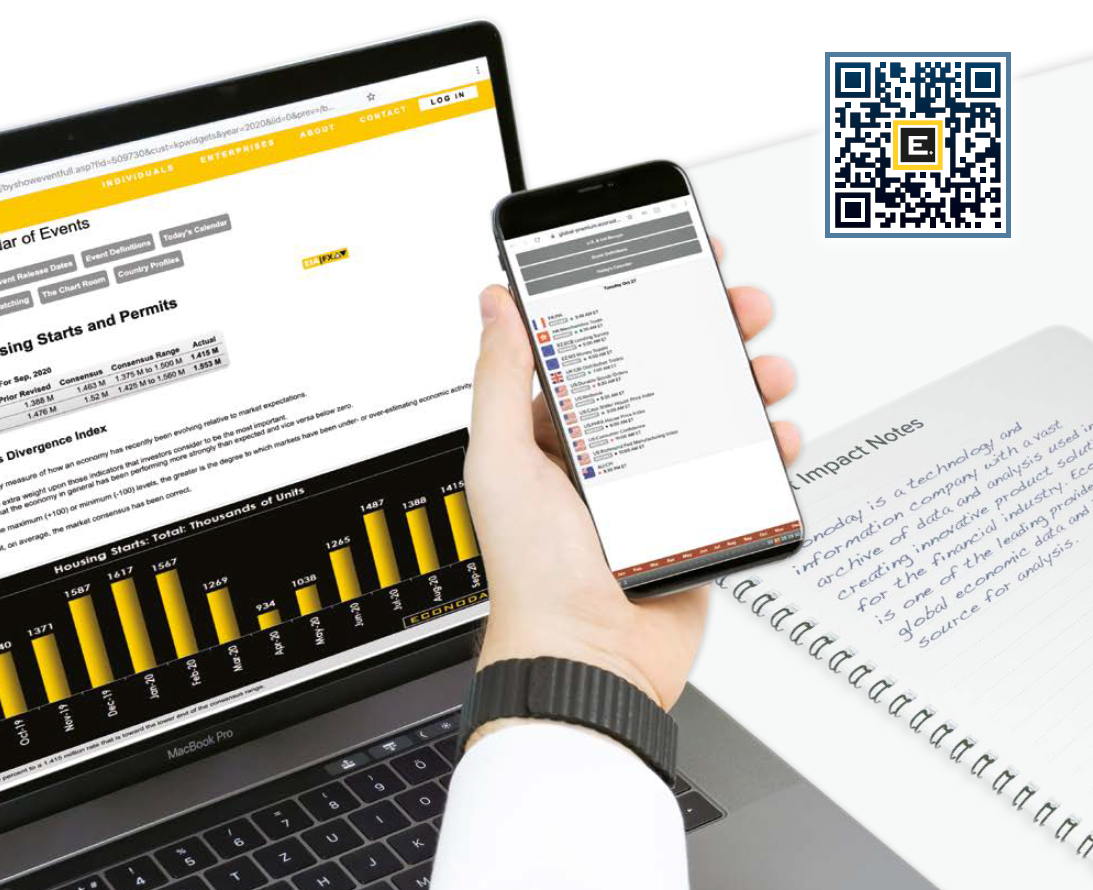Manufacturing surveys from New York and Philadelphia don’t agree
By Theresa Sheehan, Econoday Economist
July 21, 2022
What to make of the opposite movements in the current manufacturing conditions in the New York and Philadelphia Fed surveys? The New York Fed headline index rose 12.3 points to 11.1 in July, while the Philadelphia headline index fell 9 points to minus 12.3. As the earliest two regional reports of conditions in the factory sector, the conflict suggests that there may be uneven activity in other parts of the US. It could mean that manufacturing is not quite ready to slip into contractionary territory for July at the national level. But there are more reports yet to come from the Richmond, Kansas City, and Dallas Feds that could change the picture.
It is important to note that both New York and Philadelphia are diffusion indexes that reflect the change in sentiment of respondents to a single question on general conditions. These two are not composite indexes computed from components.
I think the bottom line is that in the case of New York, the index for current new orders rose to 6.2 in July from 5.3 in June. Conversely, the Philadelphia current new orders index for July fell to minus 24.8 after minus 12.4 in June. New York’s factory sector has orders that will keep activity going, while Philadelphia’s manufacturers see contracting orders.
The two reports, however, are in closer agreement about future manufacturing conditions. The New York future business conditions index fell 24.2 points in July to minus 6.2 and Philadelphia was down 21.1 points to minus 18.6. Both suggest manufacturing will be weaker in the near future. One month’s decline doesn’t necessarily mean that a recession for the factory sector is on the immediate horizon, but it does suggest it is a concern, especially with the indexes trending lower in recent months.





